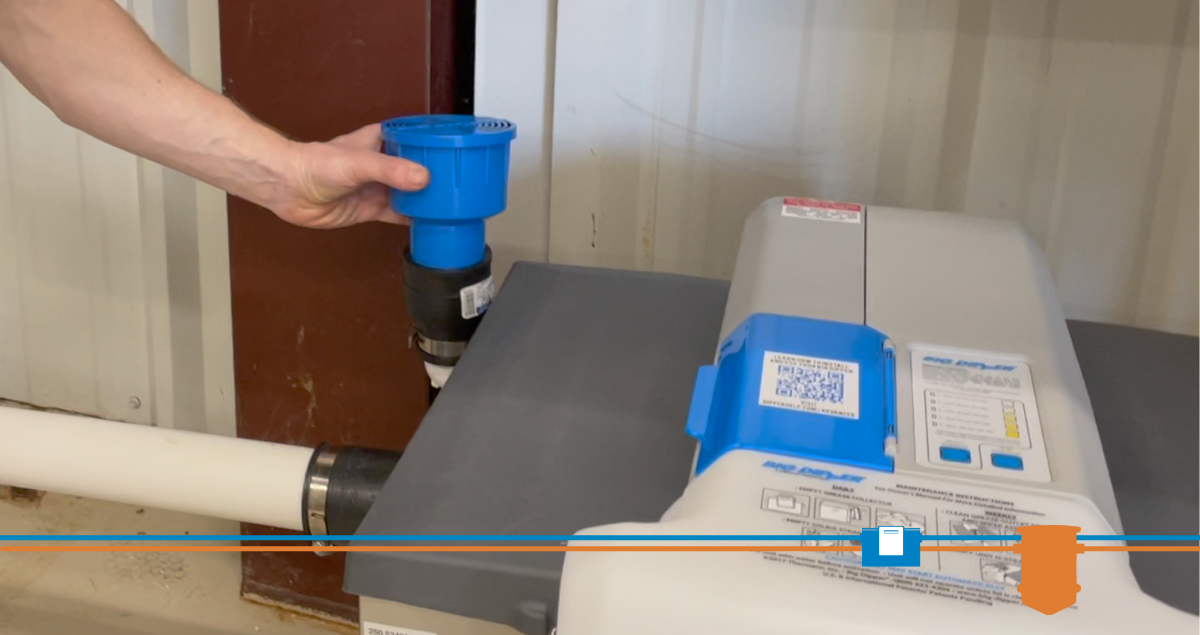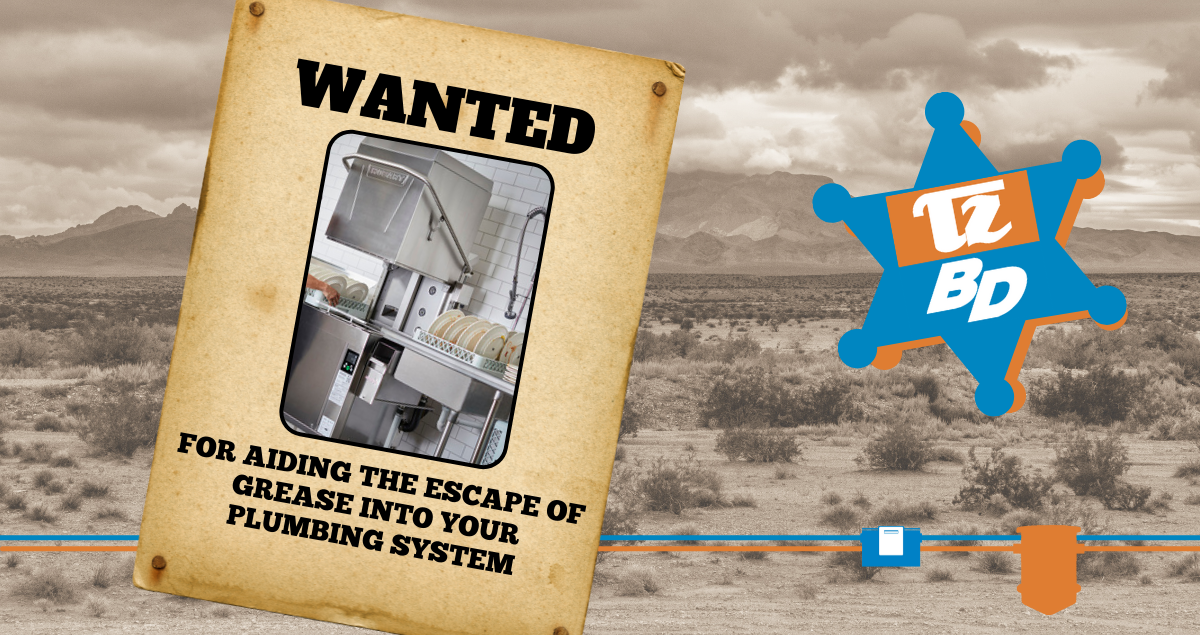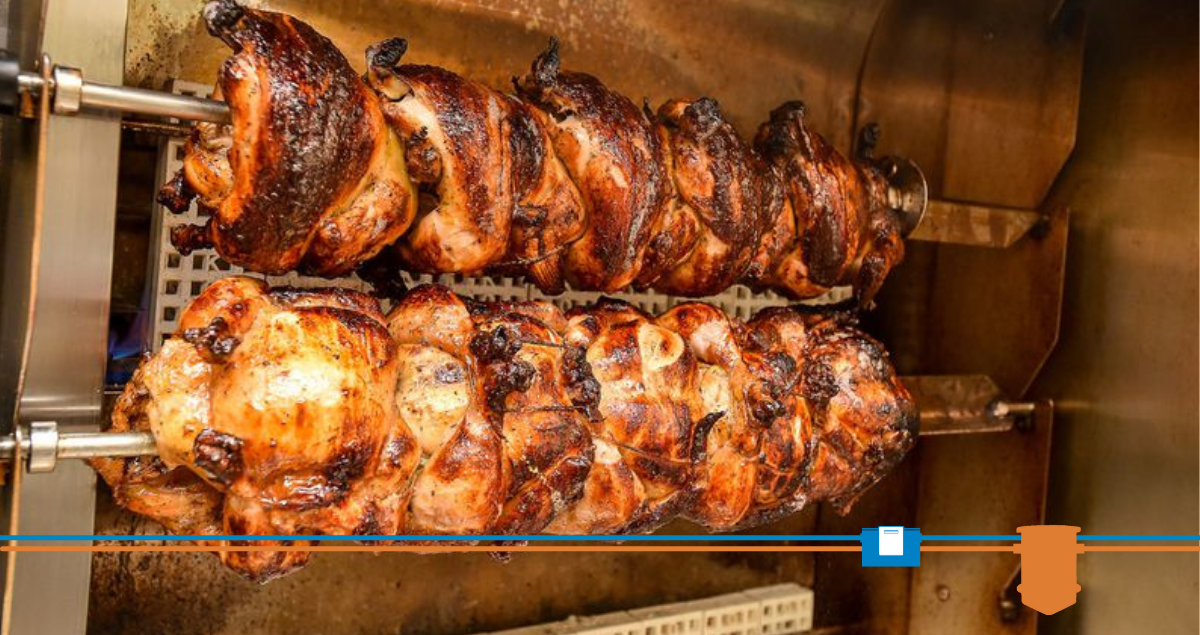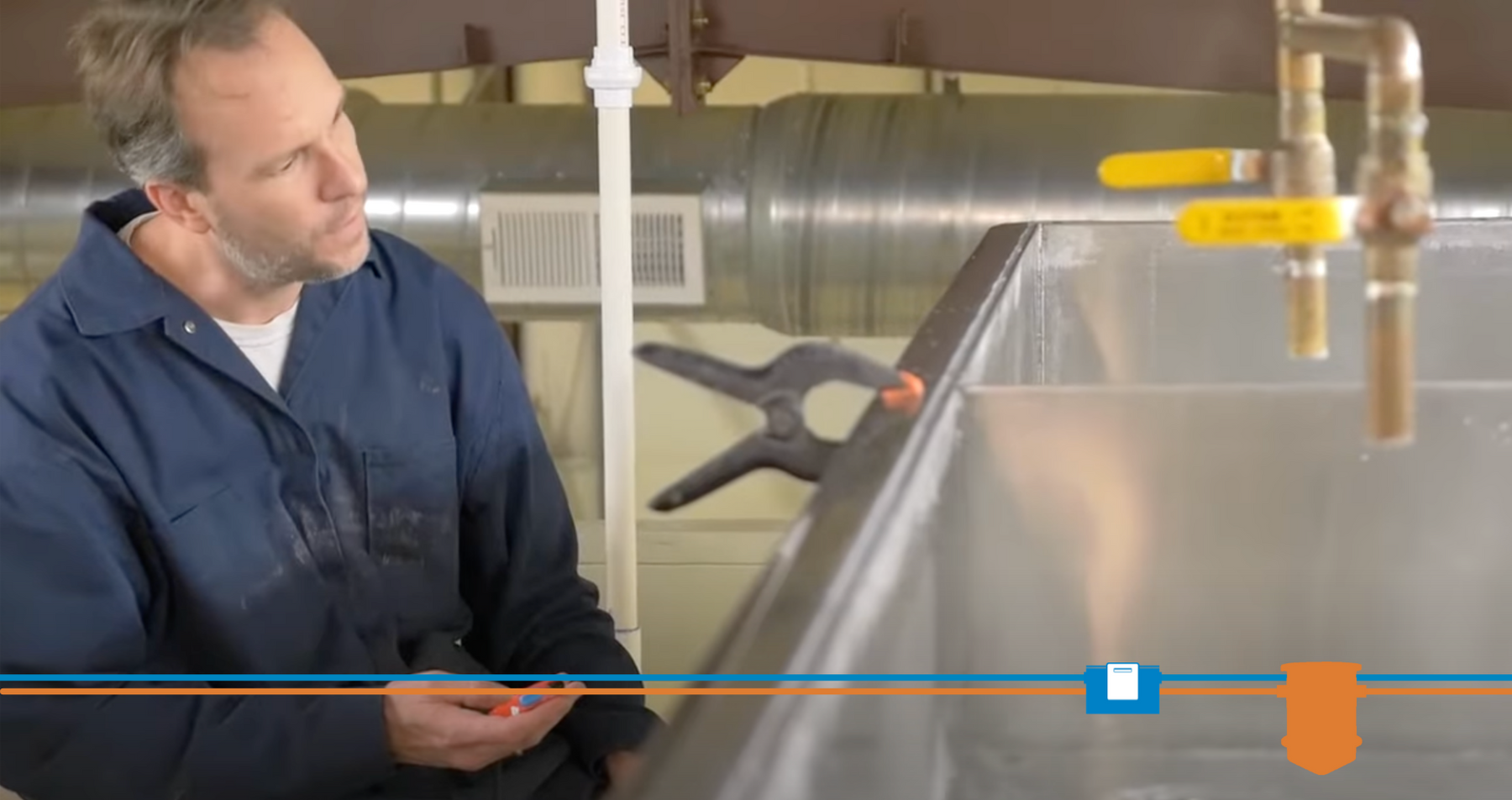How We Came To Understand Thermal Inversion
- Nov 1, 2007
Thermaco accidentally stumbled into an answer for grease trap thermal inversion. and, at the time, did not know it. In mid-2003 we were working on developing high capacity/small footprint grease separators capable of meeting the ASME A112.14.3 Standard. This is the separation efficiency and retention capacity certification standard for passive (non-automatic) grease separators. At the time, we were sending production product off to a third party testing laboratory and were failing to hold sufficient capacity to meet the Standard’s retention capacity requirement. This was particularly disconcerting because the products submitted had previously passed the test ten years earlier (the PDI-G101 test which is the predecessor test the ASME A112.14.3 Standard is based upon). Alas, we had no choice but to go to the drawing board and develop a new product design that would meet the A112.14.3 Standard.
To make a long story short, we evaluated numerous product designs and ultimately plowed new ground in the field of grease separator design. We went with a larger traditional design for our Big Dipper product and ultimately passed the test. I say ultimately as this will be covered at the end of this blog story. However, during 18 months of non-stop R & D testing work, we discovered a wholly new design that consistently retained more than twice as much grease and had a significantly flatter separation efficiency curve than our standard separator design. As this new design was unorthodox looking and did not integrate well with an internal strainer, we initially developed a semi-automatic sensor monitored concept called the Klearly™ with automatic solids transfer section. We went on to have this design third-party tested on the ASME A112.14.3 and PDI-G101 tests and discovered it held TWICE as much retained grease as our same size Big Dipper model with conventional separator baffling design. However, the Klearly’s unique product concept was expensive to manufacture and was never commercialized. Inside Thermaco we called this unique separator baffling design the AFI - Automatic Flows Interceptor, but with the decision to walk away from the semi-automatic sensor controlled unit, AFI was just another interesting, patent-pending design concept at Thermaco with no clear application use.
A few months later I was in California at a CalFOG meeting, a consortium of industry folks comprised mainly of sewer district pretreatment managers focusing on implementing effective programs to significantly reduce sewer system grease clog events (SSOs = Sanitary Sewer Overflows). The Pretreatment Managers went around the room discussing things their districts had done which had worked well at controlling food service facility effluent grease discharges to their sewer systems. Nearly all mentioned they had implemented installation of large, in-ground grease separators of 1000 gallon or larger capacity. When it came the turn of the Pretreatment Manager from San Francisco to speak, he painfully stated he did not have the larger in-ground 1000-gallon grease separator option. San Francisco, he explained, was laid out during 1850 - 1910, before the modern era and consequently, most food service facilities have no available space for 1000-gallon grease separators. He went on to say sewer grease clogging was a major problem, particularly in Chinatown, a restaurant intensive zone in one of the city’s oldest developed areas.
His comment triggered a thought. “What if we could take our new separator technology and make a super capacity passive grease trap which could fit through doorways and be installed inside restaurants in Chinatown?” A city with a problem seeking a solution and a company with solution seeking a problem was the genesis of Thermaco’s Trapzilla® product line, products designed for space constrained urban sites to replace smaller conventional grease traps and to provide sufficient capacity for convenient scheduled monthly pumping servicing.
What is interesting is Thermaco had a product design that retained 2X (we now have products that hold up to 3X) as same footprint size conventional grease separators, but we thought our design accomplished this because of superior lower tank flow dynamics control. It took a random telephone conversation to provide the true answer to why our design worked so well. Truthfully, we did not peg thermal inversion as being the causative factor until having a conversation in December 2005 with Stan Steinbach of EEC (Environmental Engineering & Contracting in Santa Ana, California - a recognized leader in researching and developing SSO management programs for Sewer Districts across the USA). Stan remarked our testing phenomena sounded a lot like thermal inversion and that he had recently heard an interesting presentation at WEFTEC (Water Environment Federation’s Technical Exhibition & Conference) by a speaker from WSSC (Washington Suburban Sanitary Commission) regarding separator grease loss caused by thermal inversion. Voila, the light came on and we suddenly understood why our new design works so well! Before hearing of thermal inversion, we thought our grease retention design improvements were primarily caused by better flow dynamics, i.e. reduced roiling motion inside the separator.
By concentrating on thermal inversion aspects, coupled with flow dynamic aspects (inlet & outlet weir design), we have discovered significant retention efficiencies can be obtained by designing to preclude thermal inversion effects. We now have separator designs that hold as much as 3X the capacity in the same footprint as conventional separators without affecting separation efficiency. Our Trapzilla® product line is based on AFI thermal inversion technology. Our soon to be introduced compact Big Dipper® line is also based on AFI thermal inversion technology, too. Although these products do not resemble each other in the least, they are indeed utilizing proprietary AFI design technology.
Back to the story beginning, we later discovered the third-party laboratory ASME testing apparatus was not built correctly to the A112.14.3 standard. Had it been built correctly, it is likely the original Big Dipper units would have passed the test and thus, the new AFI technology would not have been discovered. Trapzilla, the new compact Big Dipper series and the present center-module style Big Dipper platform would never have been produced. As the adage goes, “Necessity is the Mother of Invention” and our initial difficulties eventually led to new and much needed answers for sewer districts around the world.







